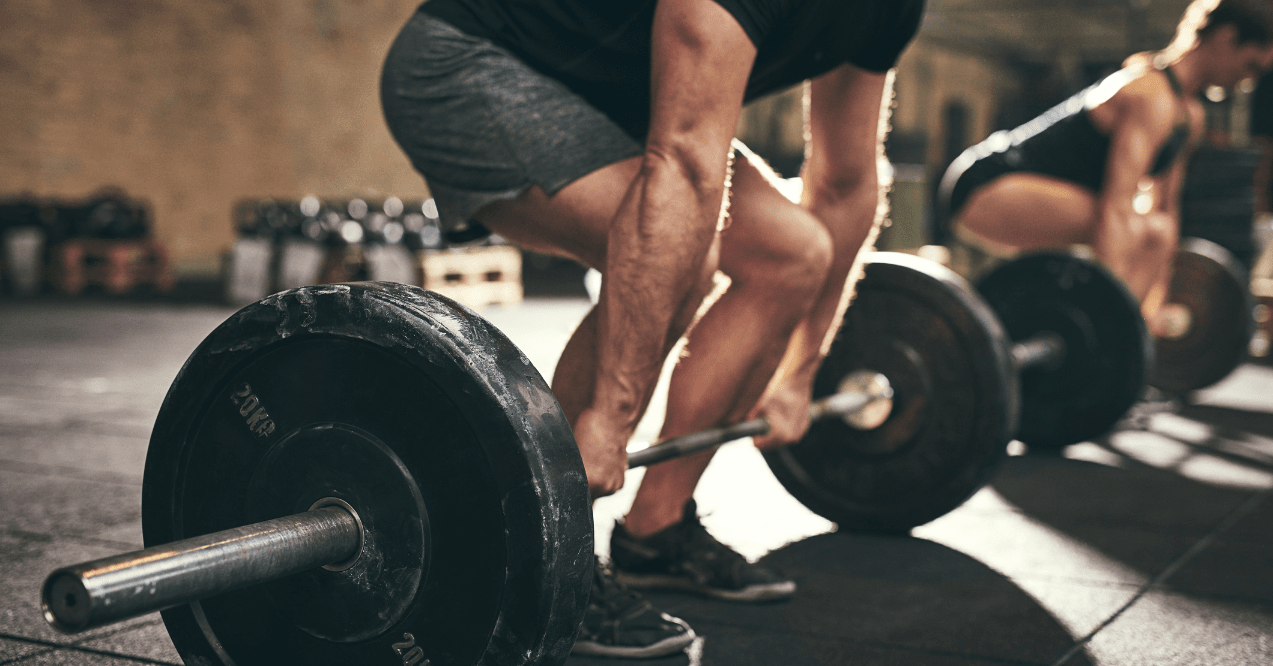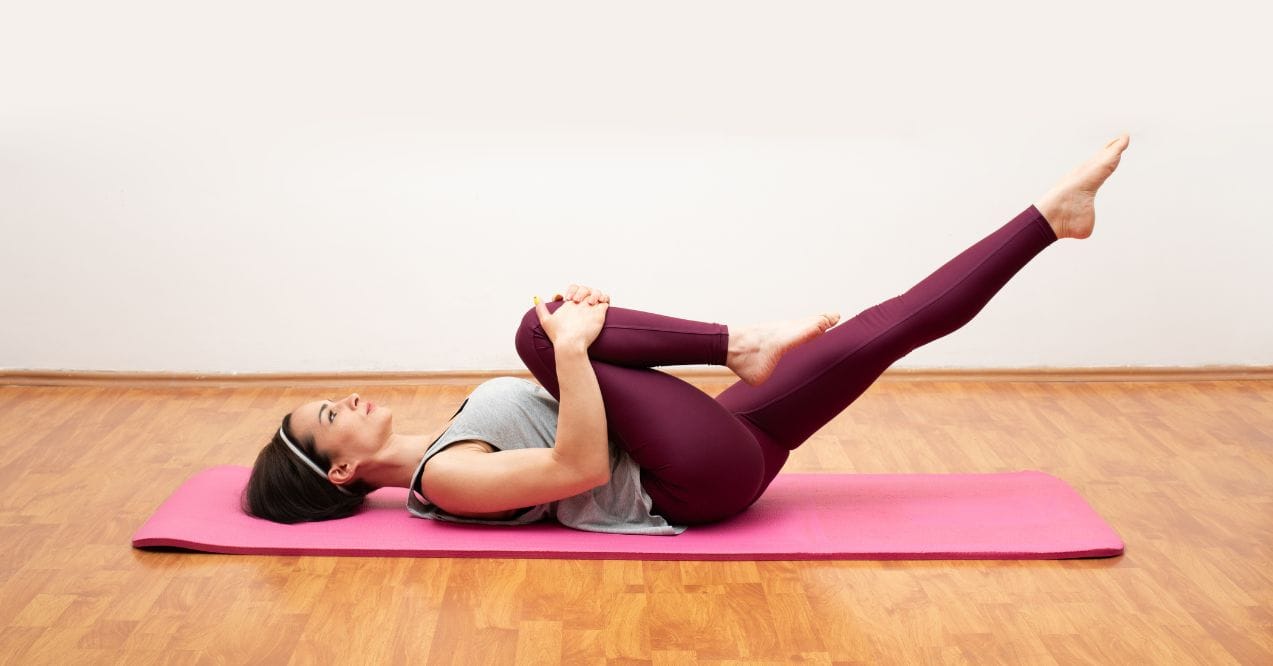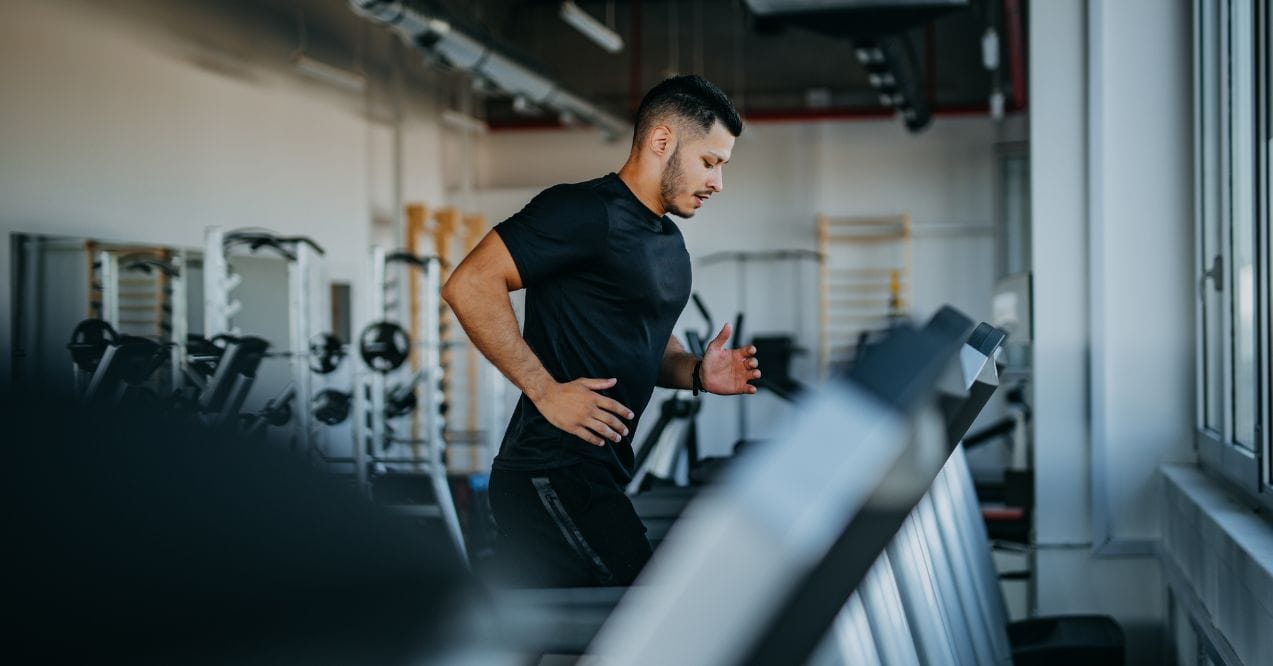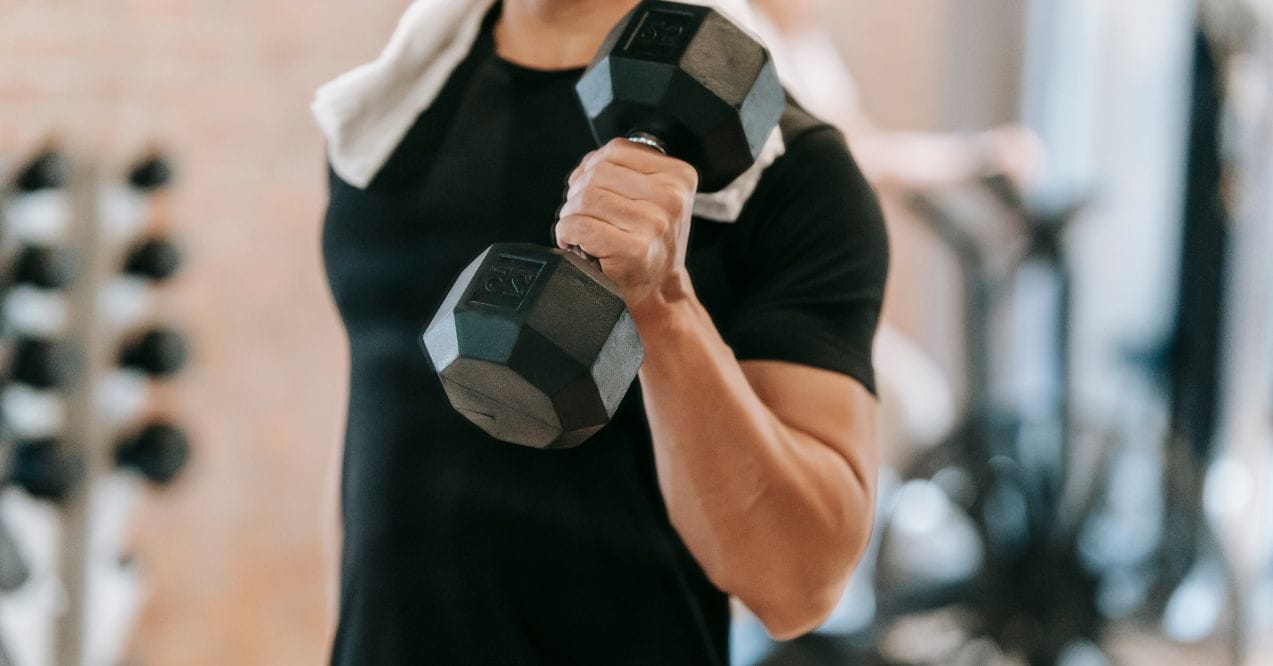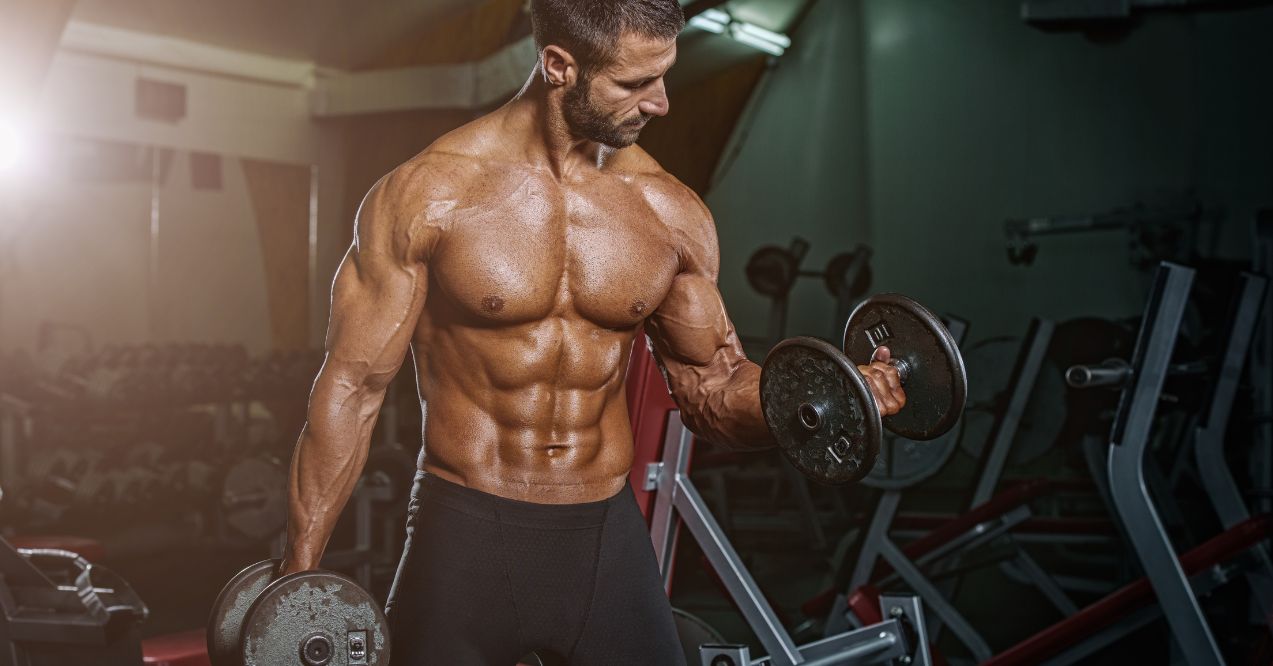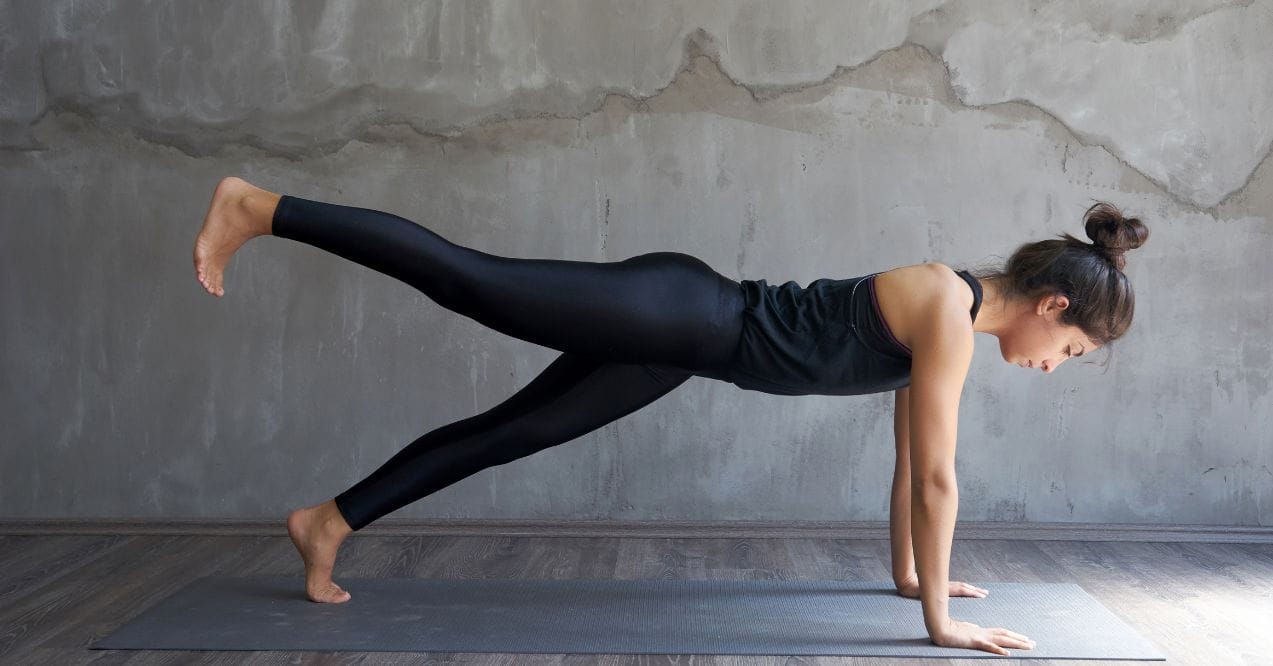How to Build Lean Muscle for Females Without Bulking Up?
How to build lean muscle for females – this question often comes with concerns about getting too bulky. The good news? Building lean muscle doesn’t mean you’ll suddenly look like a bodybuilder. Instead, it leads to a strong, defined physique while supporting long-term health.
A lean muscle body brings numerous advantages beyond aesthetics. It supports better posture, increases daily energy levels, and maintains bone density. Plus, more muscle tissue naturally speeds up your metabolism, making it easier to stay fit. This guide breaks down exactly what you need to know about lean muscle vs bulk, helping you build strength without unnecessary size.
Wondering if it’s possible to build muscle in a calorie deficit without gaining fat? We’ve got the answers.
Key Findings:

How to Build Lean Muscle for Females?
Female muscle growth requires a balanced approach of proper nutrition and targeted exercise. The key lies in consistent training with the right intensity while fueling your body appropriately. Let’s dive into the essential components of an effective muscle-building strategy.
1.Eat Enough Protein
Protein serves as the foundation for building and maintaining muscle tissue. Without adequate protein intake, your body can’t create new muscle fibers or repair existing ones after workouts.
Daily protein targets:
- 2-3 grams per kilogram of body weight, depending on your workout intensity
- Spread intake across 4-5 meals
- Include a variety of protein sources
Can you drink protein shakes without working out? Yes, but they’re most effective when paired with resistance training. Time your protein intake around your workouts for optimal results. Moreover, don’t forget to take creatine when you’re not working out for optimal results as well.
For those seeking convenient protein options that support an active lifestyle, quality bone broth protein by trumeta offers multiple advantages. This concentrated protein source fits perfectly into a lean muscle building protocol. It provides collagen compounds that support skin elasticity and joint comfort during training.

2. Eat In a Slight Calorie Surplus
Building new muscle tissue requires extra energy. However, the surplus doesn’t need to be massive. Aim for 200-300 calories above your maintenance level to support muscle growth while minimizing fat gain.
Speaking of nutrition, many wonder about collagen and bone broth together. While both support connective tissue health, they serve different purposes. How much collagen is in bone broth? It varies, but typically contains 10-20 grams per serving.
Wondering if you Can You Build Muscle in a Calorie Deficit? Yes, but it requires a strategic approach. While a calorie surplus is typically recommended for muscle growth, it’s possible to gain lean muscle in a calorie deficit by prioritizing high-protein intake, strength training, and proper recovery. Resistance training signals the body to maintain and build muscle even with fewer calories, while consuming adequate protein (2-3 grams per kg of body weight) ensures muscle retention. This method is most effective for beginners, those with higher body fat percentages, or individuals using progressive overload and nutrient timing to maximize muscle protein synthesis.
Nutrition tips for muscle growth:
- Track your portions initially to ensure proper intake
- Focus on whole food sources
- Include plenty of fruits and vegetables
- Stay hydrated throughout the day
3. Increased Repetitions When Weight Training
The workout plan to get lean female athletes follow often includes higher rep ranges. This approach helps develop muscle endurance while promoting lean tissue growth. Incorporating time under tension workouts can further enhance muscle endurance and growth by prolonging the muscle’s active phase during each repetition.
Optimal rep ranges:
- 12-15 reps for upper body exercises
- 15-20 reps for lower body movements
- 2-4 sets per exercise
- 30-60 seconds rest between sets
4. Focus On Progressive Overload
Want to know how to get stronger without getting bigger? Progressive overload is your answer. This technique involves gradually increasing workout difficulty while maintaining proper form.
Ways to implement progressive overload:
- Add 1-2 reps to each set
- Increase weight by 2-5% when you can complete all sets
- Reduce rest periods
- Add an extra set
5. Make Time for Recovery
Recovery isn’t just about taking days off – it’s an active process that supports muscle growth. Your muscles need time to repair and strengthen between training sessions.
Recovery strategies:
- Take 1-2 rest days between training similar muscle groups
- Include light movement on rest days
- Use foam rolling or stretching
- Stay hydrated and well-nourished
6. Sleep Enough
Quality sleep plays a vital role in muscle recovery and growth. For those using supplements before training, a common question is “how long does pre workout last?” The energizing effects typically influence your system for several hours, so timing your intake carefully helps ensure quality sleep. During deep sleep, your body releases growth hormone and repairs tissue damage from training.
Sleep optimization tips:
- Aim for 7-9 hours per night
- Create a consistent sleep schedule
- Keep your bedroom cool and dark
- Limit screen time before bed
Also, if you’re experimenting with intermittent fasting, an intermittent fasting calculator can help you plan meals and track eating windows for better results while building lean muscle.
Workouts for lean muscle
Building lean muscle requires a strategic approach to exercise selection. The following movements form the cornerstone of an effective training program, each chosen for its ability to engage multiple muscle groups while promoting functional strength.
Many wonder if alternative resistance methods can be just as effective for sculpting muscle – do resistance bands build muscle as well as traditional weights? While weightlifting remains the gold standard, resistance bands can complement your routine by adding controlled tension and improving muscle activation.
When combined thoughtfully, these exercises create the perfect stimulus for lean muscle development without unwanted bulk.
Deadlifts
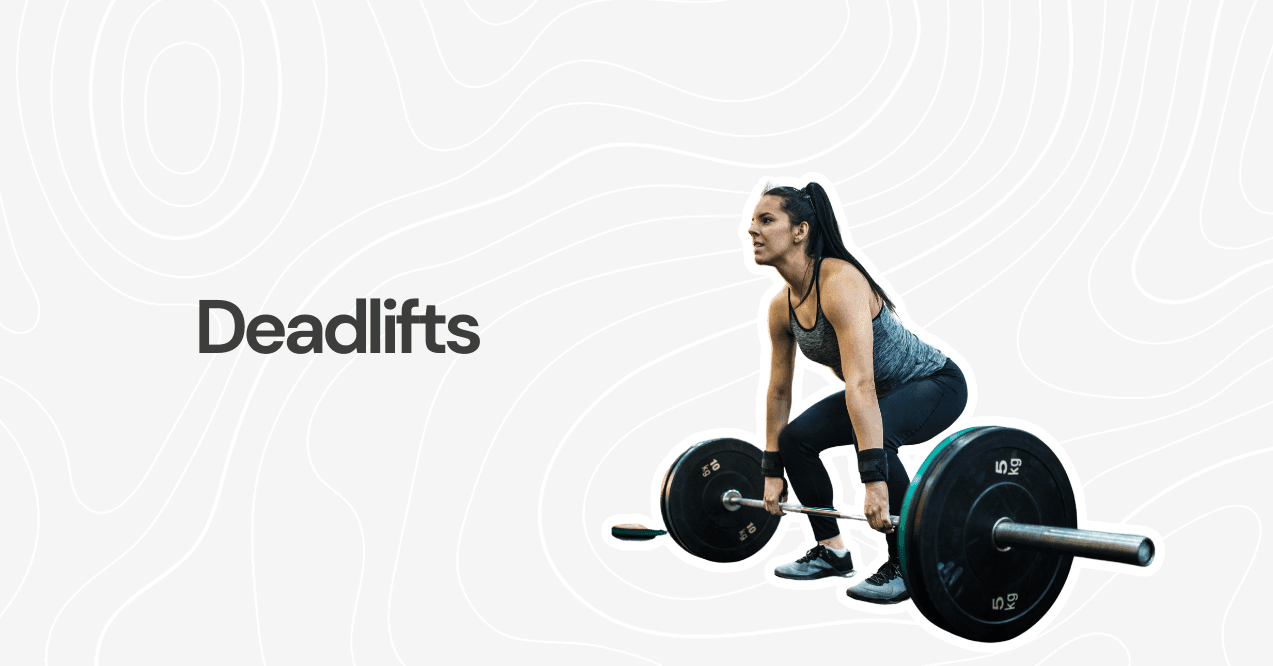
The deadlift stands as one of the most effective exercises for total body transformation. This powerful movement primarily targets your posterior chain – all the muscles running along the back of your body. While it might look intimidating at first, mastering the deadlift delivers exceptional results for developing lean muscle and functional strength.
Starting position fundamentals:
- Position feet hip-width apart
- Place bar over mid-foot
- Hinge at hips while maintaining straight back
- Keep chest up and shoulders back
Many beginners make the mistake of rounding their back or letting the bar drift away from their body. These errors not only reduce the effectiveness of the exercise but can also lead to discomfort. The key lies in maintaining a straight back throughout the movement while pushing through your heels and keeping your arms straight.
For those new to deadlifting, start with bodyweight movements to master the hip hinge pattern. Once comfortable, progress to kettlebell deadlifts before moving to the barbell variation. This progression ensures proper form development while building confidence with the movement.
Benefits for lean muscle development:
- Strengthens entire posterior chain
- Develops core stability without bulk
- Improves overall body coordination
- Increases functional strength
Lunges

Lunges offer an excellent way to develop lower body strength while improving balance and coordination. Unlike bilateral movements like squats, lunges work each leg independently, helping to identify and correct muscle imbalances while building lean, strong legs.
The basic forward lunge begins from a standing position. Step forward with one leg while keeping your torso upright. Lower your back knee toward the ground while ensuring your front knee tracks over your ankle. The power of the movement comes from pushing through your front heel to return to the starting position.
Progressive variations to master:
- Walking lunges – Add dynamic movement and improve coordination
- Reverse lunges – More knee-friendly and better stability control
- Split squats – Stationary position for focused strength work
- Bulgarian split squats – Advanced variation with elevated back foot
Each variation offers unique benefits while targeting slightly different aspects of lower body development. Start with basic lunges and progress through the variations as your strength and stability improve. Focus on maintaining proper form throughout each movement pattern.
Squats
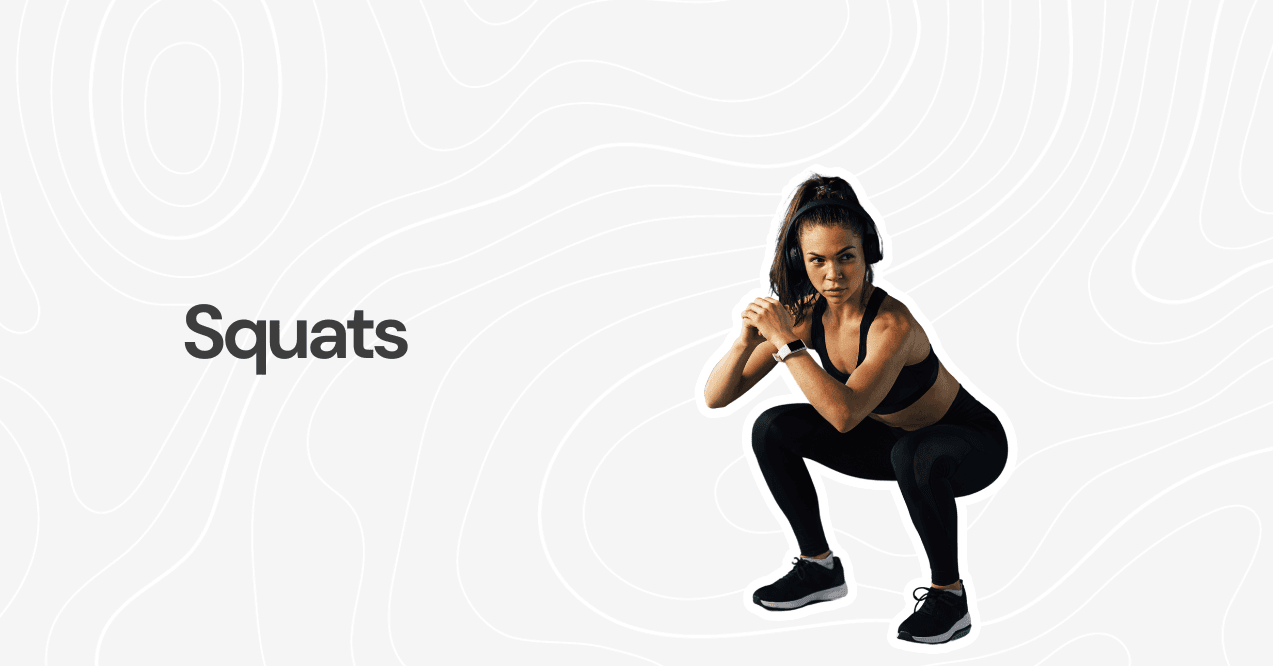
The squat represents a fundamental human movement pattern and serves as a cornerstone exercise for developing lower body strength. A properly executed squat engages your entire body, from your feet to your core to your upper back, making it incredibly efficient for building lean muscle.
Proper squat execution starts with setup. Position your feet shoulder-width apart with toes slightly pointed outward. Initiate the movement by simultaneously breaking at your hips and knees while maintaining an upright chest position. Think about sitting back into the movement while keeping your weight distributed through your heels.
Form essentials for optimal results:
- Maintain neutral spine throughout
- Keep knees tracking over toes
- Engage core continuously
- Control breathing pattern
- Focus on steady movement
The depth of your squat should be determined by your mobility and strength levels. While many aim for thighs parallel to the ground, focus first on maintaining proper form throughout your available range of motion. As strength and mobility improve, gradually work on increasing depth while maintaining control.
Bench Press
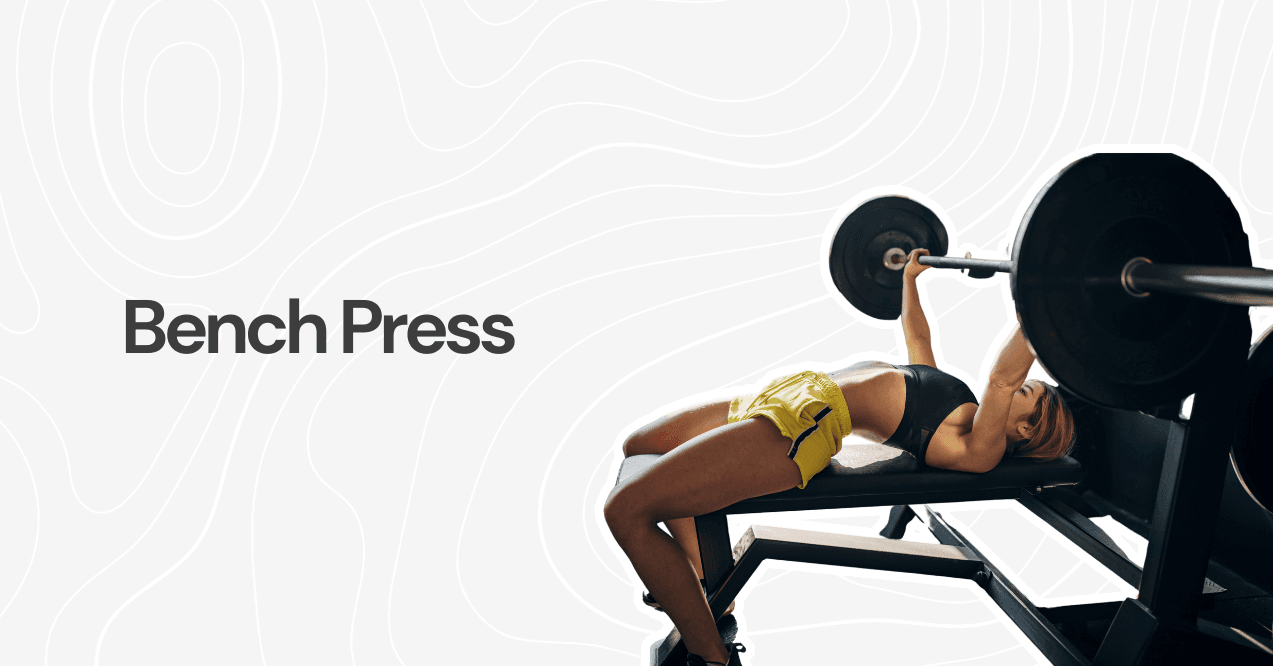
The bench press, when properly programmed, helps create balanced upper body strength and lean muscle tone. This classic exercise develops pushing power while engaging multiple muscle groups in your chest, shoulders, and arms.
Setting up for success requires attention to detail. Begin by establishing a stable base on the bench. Pull your shoulder blades together and down, creating a solid foundation for pressing. Your grip width should be slightly wider than shoulder width, with wrists staying straight throughout the movement.
Technical priorities:
- Retract shoulder blades
- Maintain stable wrist position
- Control breathing rhythm
- Focus on smooth movement
For lean muscle development, focus on moderate weights with higher repetition ranges (12-15 reps). This approach stimulates muscle growth while minimizing the risk of developing bulky muscle mass. The key lies in maintaining proper form throughout all sets while progressively challenging yourself.
Conclusion
Building lean muscle as a female doesn’t mean sacrificing femininity for strength. So, in the end, how to build lean muscle for females? By following these guidelines – proper nutrition, strategic training, and adequate recovery – you’ll develop a strong, defined physique without unwanted bulk.
Focus on consistency rather than intensity, and pay attention to how your body responds to training. Adjust your approach based on your results and goals. With patience and dedication, you’ll achieve the strong, lean physique you’re working toward.
Aim for 1.6-2.0 grams of protein per kilogram of body weight daily. For a 60kg person, that’s 96-120g of protein. Spread this intake across 4-5 meals throughout the day for optimal muscle development.
Focus on low-rep strength training (3-5 reps) with longer rest periods. Keep workouts brief but intense, avoid training to failure, and maintain current calorie intake. Emphasize compound movements while prioritizing proper form over volume.
Combine progressive resistance training with adequate protein intake and slight calorie surplus. Focus on compound exercises 3-4 times weekly, ensure 7-9 hours sleep, and allow proper recovery between workouts. Consistency with both training and nutrition proves essential.
Advertisement. This site offers health, wellness, fitness and nutritional information and is designed for educational purposes only. You should not rely on this information as a substitute for, nor does it replace, professional medical advice, diagnosis, or treatment. If you have any concerns or questions about your health, you should always consult with a physician or other health-care professional. Do not disregard, avoid or delay obtaining medical or health related advice from your health-care professional because of something you may have read on this site. The use of any information provided on this site is solely at your own risk.
